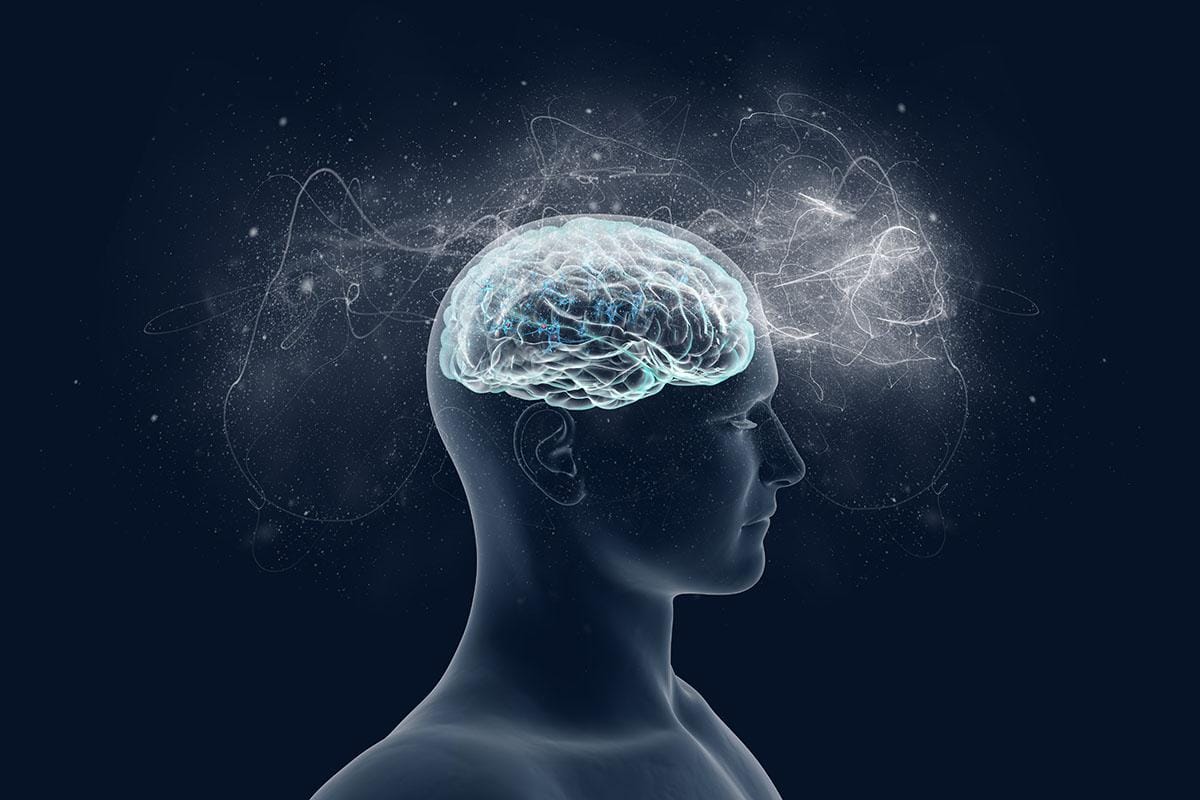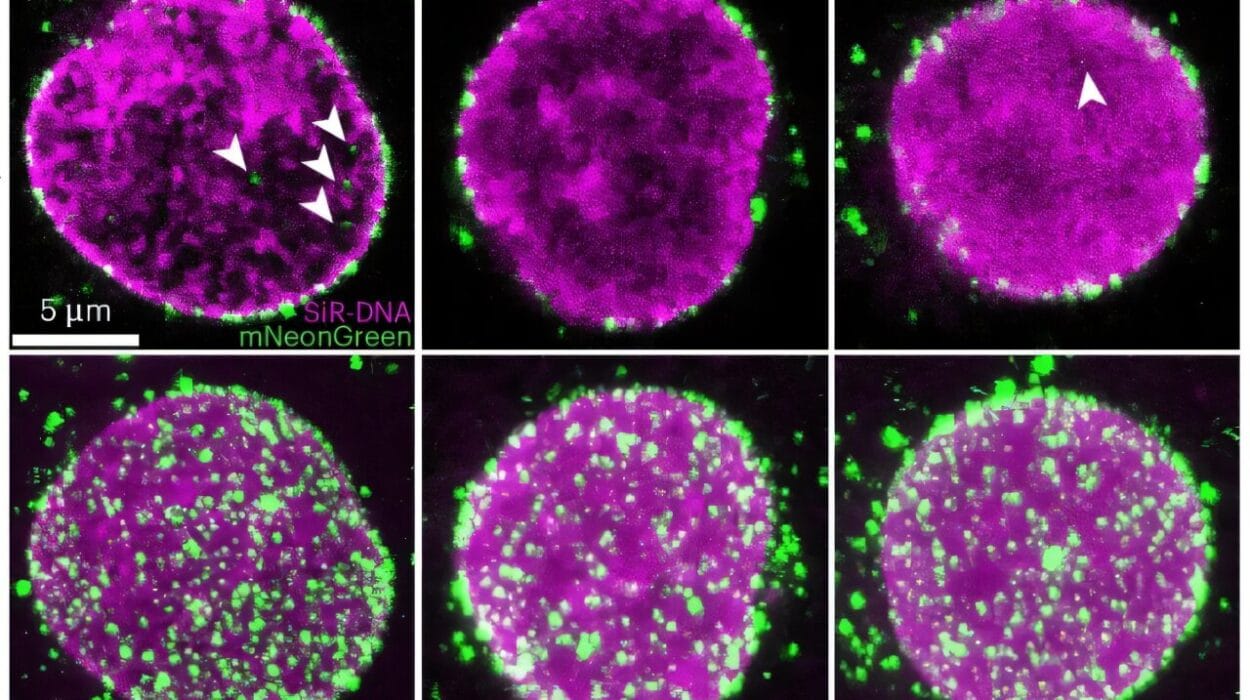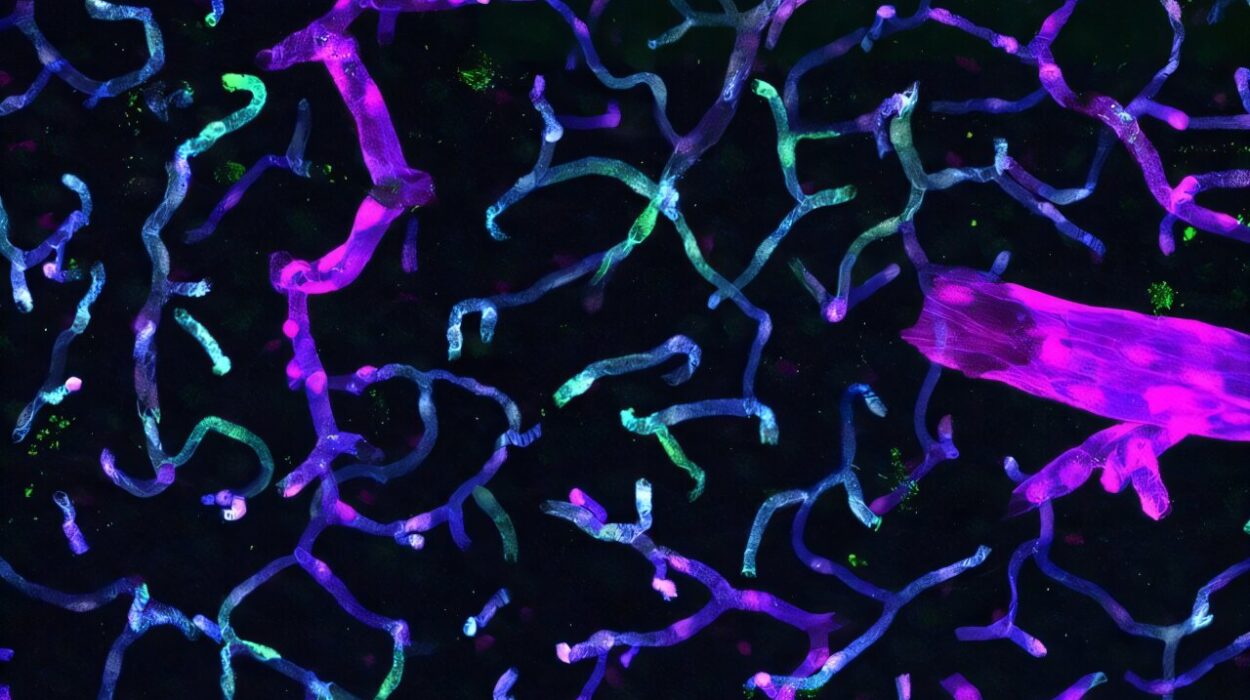Every single day, without even realizing it, you make thousands of decisions. Some are small and automatic—like reaching for your toothbrush, adjusting your posture in a chair, or deciding to glance at your phone. Others carry weight, shaping the course of your life: Should you accept a job offer? Say yes to love? Move across the country? Have children? Tell the truth or lie?
What makes us choose one path over another? Why do some people seem impulsive while others are deliberate? Can we trust our gut feelings, or are they just a trick of the brain?
These are not merely philosophical questions—they are biological ones. Over the past several decades, neuroscience has pulled back the curtain on the hidden mechanisms of human decision making. Beneath every choice is a symphony of electrical impulses, chemical surges, and neural circuits battling for dominance. To understand ourselves—to know why we are the way we are—we must peer into the brain’s dark, electrified chambers where decisions are born.
The Brain as a Decision Engine
Our brains evolved to make decisions. From the earliest moments in evolutionary history, the survival of an organism depended on it: approach or avoid, fight or flee, mate or move on. Over time, natural selection favored those with better decision-making capabilities—those who could quickly and effectively balance risk and reward.
The human brain, with its astonishing complexity, is the culmination of that evolutionary process. While it weighs only about three pounds, it houses over 86 billion neurons and a quadrillion synapses. This dense jungle of neural connectivity is the substrate of every choice we make.
Modern neuroscience reveals that decision making isn’t confined to a single “decision center” in the brain. Rather, it is the result of dynamic interplay between multiple systems. Some of these systems operate below the level of consciousness, rooted in ancient brain structures inherited from our animal ancestors. Others involve the neocortex, the most evolutionarily advanced part of the brain responsible for rational thought, language, and planning.
Together, these systems compete and cooperate, shaping decisions that can feel both rational and irrational, emotional and logical, instant and agonizing.
Emotions: The Unsung Architects of Choice
One of the greatest revelations in the neuroscience of decision making is the indispensable role of emotion. For centuries, philosophers and psychologists treated reason and emotion as opposites—one cool and objective, the other hot and disruptive. But the brain tells a different story.
In fact, decision making without emotion is nearly impossible.
This became tragically clear in the case of Phineas Gage, a 19th-century railroad worker whose skull was pierced by an iron rod in an explosion. Remarkably, he survived, but the damage to his ventromedial prefrontal cortex (vmPFC) changed him. Once responsible and sociable, Gage became impulsive, indifferent, and socially inappropriate. Most tellingly, he struggled with even basic decisions. Though his intelligence remained intact, he could not weigh options effectively or anticipate future consequences. His emotions had been severed from his rational faculties—and without them, his ability to make choices fell apart.
Modern brain imaging studies confirm that regions such as the amygdala, orbitofrontal cortex, and insula play essential roles in attaching value to options. They act like internal compasses, drawing upon past experiences and current feelings to highlight what matters. Emotions provide context, urgency, and relevance. Without them, decisions become paralyzed in a fog of meaningless possibilities.
The Prefrontal Cortex: Where Strategy and Self Control Live
If emotion provides the drive, then the prefrontal cortex provides the steering. This brain region, located just behind the forehead, is involved in higher-order cognitive functions like planning, reasoning, and impulse control. It allows us to simulate the future, imagine the consequences of actions, and delay gratification.
The dorsolateral prefrontal cortex (dlPFC), in particular, helps regulate decisions involving trade-offs—like choosing a smaller reward now versus a larger one later. This kind of delayed discounting is crucial for long-term goals, such as saving money, maintaining health, or building a career.
But this system isn’t perfect. The prefrontal cortex is slow and effortful. It requires energy and focus. In times of stress, fatigue, or emotional overwhelm, the brain often defaults to more automatic systems rooted in habit or immediate reward.
This explains why people often make choices they later regret. They know, intellectually, that eating the cake or texting the ex is a bad idea—but in that moment, the emotional brain overrides the rational one. The limbic system hijacks the controls.
The Striatum and Dopamine: The Brain’s Reward Calculator
At the heart of every decision lies one basic question: What’s in it for me?
The brain’s reward system, particularly the striatum, evaluates this question constantly. This deep structure, part of the basal ganglia, receives signals from dopamine neurons in areas like the ventral tegmental area (VTA). Dopamine, often misunderstood as a simple “pleasure chemical,” actually acts more like a prediction signal. It tells the brain how much better or worse an outcome is compared to what was expected.
When you experience something unexpectedly rewarding—a delicious meal, a compliment, a surprise gift—dopamine surges. Your brain takes note: This was good. Do this again. Conversely, if something disappoints, dopamine drops, and the brain adjusts expectations.
This reward-learning mechanism guides future decisions. It’s how habits are formed. It’s why people chase highs in gambling, social media, or drugs. And it’s why changing behavior is so difficult. Each decision becomes a small training session for your future self, reinforcing patterns in neural circuitry.
Risk and Uncertainty: Gambling with the Mind
Not all decisions are made with clear outcomes. In fact, many of the most important ones—changing careers, falling in love, having children—come with deep uncertainty. The brain handles these probabilistic scenarios with both brilliance and bias.
The anterior insula, a region tucked beneath the cerebral cortex, activates when we anticipate risk or potential loss. It gives rise to the uneasy feeling of dread or anxiety when we sense something might go wrong. This “gut feeling” isn’t magic; it’s a pattern-recognition system honed by evolution.
But the brain isn’t a perfect gambler. It’s prone to cognitive biases—systematic deviations from rationality. For instance, the availability heuristic causes us to overestimate the likelihood of events that are emotionally vivid or recently encountered. The framing effect makes us more likely to choose a risky option when a decision is framed as avoiding a loss rather than achieving a gain.
These quirks aren’t flaws. They are features of a brain evolved for survival in uncertain environments. But they can lead us astray, especially in modern contexts like investing, politics, or personal relationships.
Intuition: Fast, Frugal, and Sometimes Flawed
Some decisions happen in the blink of an eye. You walk into a room and sense something is wrong. You instantly dislike someone without knowing why. You make a snap judgment that turns out to be right—or horribly wrong.
These intuitive decisions arise from System 1 thinking, a concept popularized by psychologist Daniel Kahneman. System 1 is fast, automatic, and unconscious. It draws on heuristics, patterns, and prior experience to make rapid assessments. In contrast, System 2 is slower, more deliberate, and analytical.
Neuroscientifically, intuitive decisions often involve brain regions like the posterior cingulate cortex, the basal ganglia, and the anterior cingulate cortex—all of which integrate information across domains and detect discrepancies.
Intuition is not irrational. It is deeply grounded in the brain’s ability to recognize complex patterns. A chess master can “feel” the right move without consciously analyzing the board. A firefighter can sense a collapsing structure moments before it happens. But intuition can also be wrong—especially in unfamiliar situations where past experience is misleading.
Social Influences: The Brain on Other People
No decision is made in a vacuum. From the clothes we wear to the beliefs we hold, social context shapes our choices in profound ways. The human brain is wired for social interaction, and decisions are often filtered through that lens.
The medial prefrontal cortex (mPFC), for example, helps us consider the perspectives of others. The temporoparietal junction (TPJ) is involved in theory of mind—our ability to infer what others are thinking. These systems work in concert to guide socially appropriate behavior.
Peer pressure, groupthink, and conformity all tap into the brain’s deep desire for belonging. Functional MRI studies show that when people make decisions that conflict with group opinion, activity increases in areas associated with error detection and emotional discomfort.
Even our moral decisions—what we consider right or wrong—are influenced by social norms and identity. The brain constantly balances self-interest with reputation, fairness, and empathy.
Free Will and the Neuroscience of Choice
One of the most unsettling questions in decision neuroscience is whether free will exists at all.
In the 1980s, neuroscientist Benjamin Libet conducted a now-famous experiment. He measured brain activity while participants made a voluntary movement. Remarkably, electrical signals in the motor cortex preceded the conscious intention to act by several hundred milliseconds. In other words, the brain “decided” before the person was aware of deciding.
Subsequent studies have confirmed and expanded upon these findings. While the interpretation remains hotly debated, they raise profound questions about agency and responsibility. Are we the true authors of our decisions—or just the last to know?
Many neuroscientists argue that while unconscious processes initiate decisions, consciousness still plays a vital role. It allows us to reflect, inhibit impulses, and shape behavior over time. Free will, in this view, is not about spontaneous independence from biology—it’s about self-regulation, learning, and growth within it.
The Plastic Brain: Changing How We Decide
The brain is not fixed. Neuroplasticity—the ability of neural circuits to change in response to experience—means that our decision-making patterns are malleable.
Mindfulness meditation, for instance, strengthens the prefrontal cortex and reduces activity in the amygdala. This can lead to more thoughtful and less reactive decisions. Cognitive behavioral therapy (CBT) helps people identify and change distorted thinking patterns that affect choices. Even physical exercise boosts executive function and impulse control by enhancing brain health.
Habits, too, can be reshaped. Repeated practice rewires the striatum, forming new neural grooves. Old choices lose their grip. New ones take hold. The brain is not a dictator—it is a sculptor, and you are the clay and the hands that shape it.
Technology, AI, and the Future of Decision Making
As neuroscience advances, new technologies are entering the decision-making process. Brain-computer interfaces (BCIs), neural implants, and machine learning algorithms are beginning to predict—and potentially influence—human choices.
This raises urgent ethical questions. If a company can predict what you’ll buy before you decide, who is really making the decision? If a brain scan can reveal criminal intent, what does that mean for justice? If AI can make better financial or medical decisions than humans, should we let it?
The frontier of decision neuroscience is not only biological—it is societal. We must decide, collectively, how to use this knowledge responsibly. Will it liberate us or control us?
The Beauty and Burden of Choice
The neuroscience of decision making reveals a paradox. We are neither fully rational nor hopelessly irrational. Our choices emerge from a dance between emotion and reason, biology and experience, self and society. They are shaped by unconscious biases, yet capable of conscious refinement.
To be human is to decide. Not once, but endlessly. To wake each morning and choose how to act, what to believe, who to trust, and where to go. These decisions define us more than any trait or talent. They are the fingerprints of our inner life, etched into time.
Understanding the brain’s role in decision making does not diminish our freedom—it deepens it. With awareness comes the power to change, to grow, to steer the ship of the self through the ocean of experience.
In the end, neuroscience doesn’t strip us of mystery. It reminds us how mysterious we are. How astonishing that this pulsing mass of cells behind our eyes can weigh a future, feel a hunch, dream a dream, and choose—to love, to leap, to forgive, to begin again.






